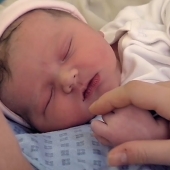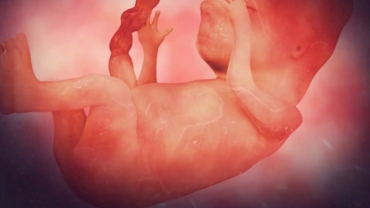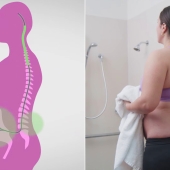The outer breast consists of a nipple and areola. The tip of the nipple contains several hole openings allowing for milk to flow through during lactation. The areola is the pigmented area around the nipple. It is covered with Montgomery glands that secrete oil to lubricate the nipple and areola.
The primary function of female breasts is to produce milk in order to nourish an infant, a process called lactation. The breasts, which are composed primarily of fatty tissue, also contain milk producing glands called lobules. Lobules are connected to the nipple by a network of tubes called milk ducts.
The breasts produce milk from water and nutrients removed from the bloodstream. The milk is stored in the lobules until the hormone oxytocin signals the tiny muscles in the lobules to contract, and push the milk through the ducts. This process is called let-down reflex or the milk-ejection reflex.
Though babies are born with a natural sucking reflex, they must still learn to breastfeed. During breastfeeding, it is important that the infant maintain appropriate mouth-nipple placement; this assures that the baby is receiving a proper amount of milk and that breastfeeding experience will be successful.
The appropriate latch-on position is for the nipple be placed far in the back of the baby’s mouth, almost to where the hard palate meets the soft palate. If a baby sucks only on the tip of the nipple, or does not have enough breast tissue in the mouth, it can cause the mother to have sore, or cracked nipples.
About video: This video on breastfeeding has tips for good attachment to help you get your baby feeding well. The video includes an animated diagram, a mum’s point of view and step-by-step instructions. It helps new mums see what good attachment looks and feels like and understand how babies feed.
- 1682 views













